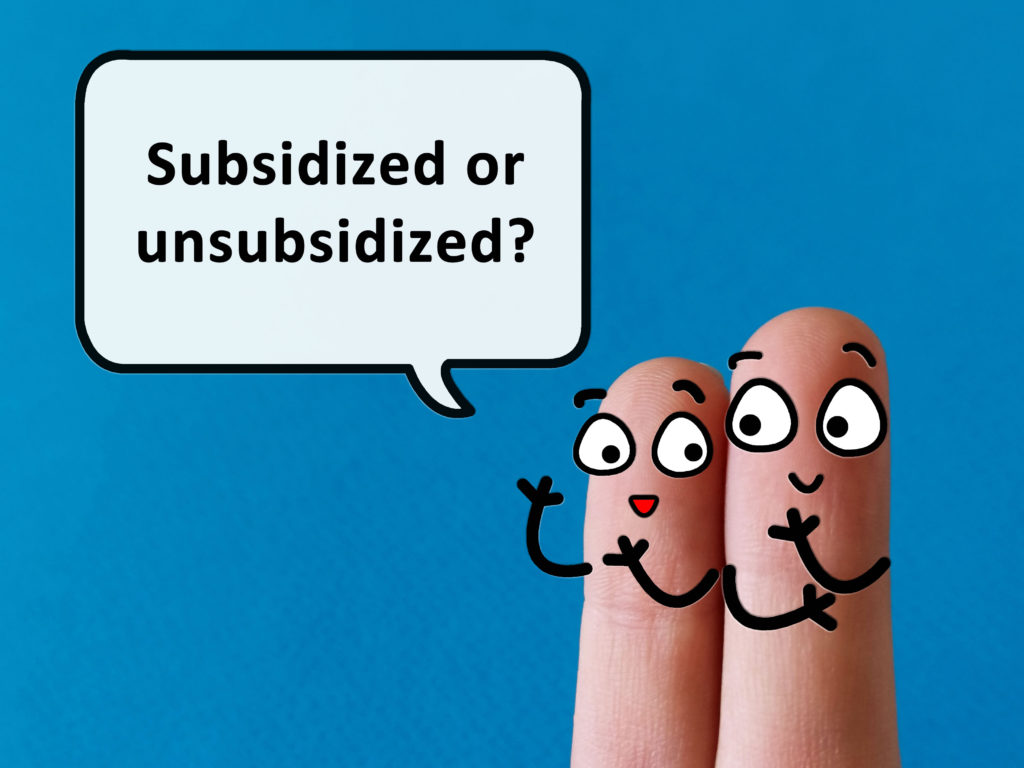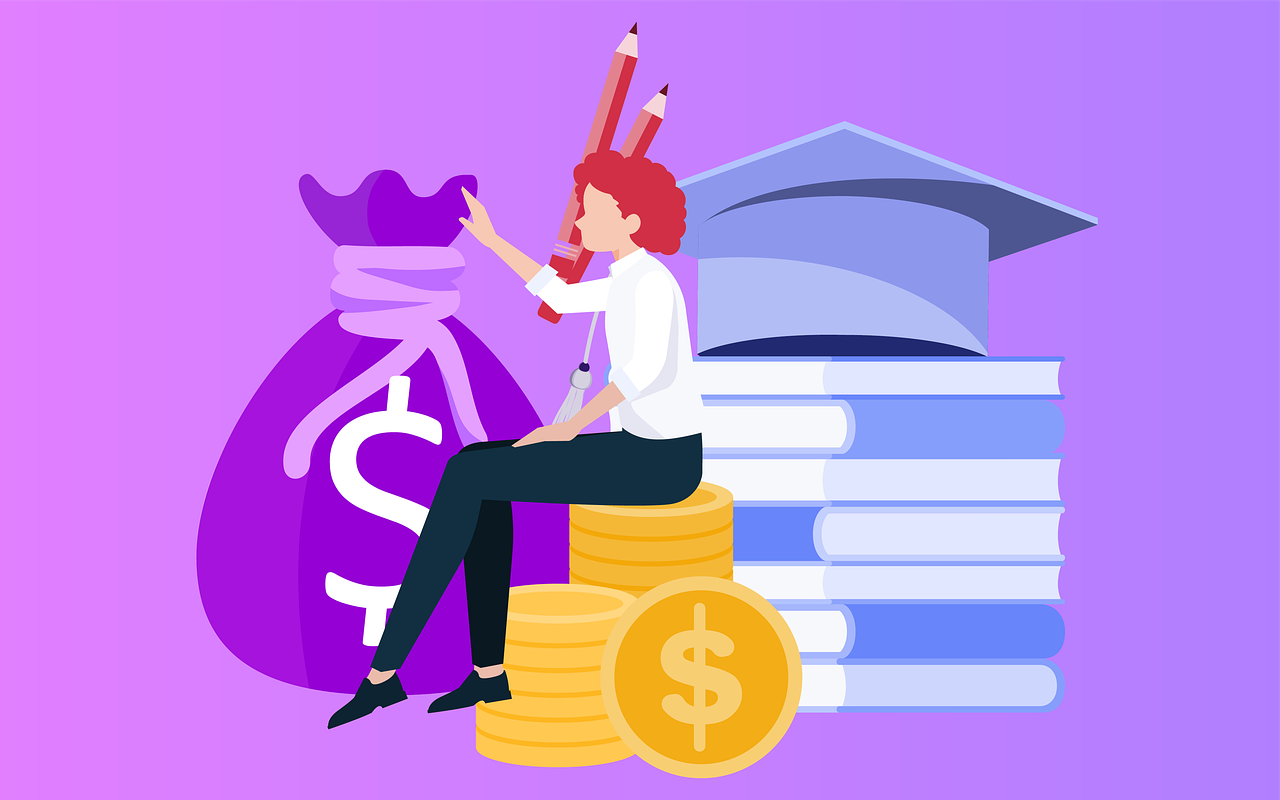When it comes time to pay for college, most students rely on loans. There are two types of loans available: subsidized and unsubsidized. Which one is right for you? In this article, we will break down the differences between subsidized and unsubsidized loans so that you can make an informed decision. Keep reading to learn more!
What is the difference between subsidized and unsubsidized loans for college students?
The difference between subsidized and unsubsidized loans is that subsidized loans are given to students based on financial need, while unsubsidized loans are not.
Direct subsidized loans do not accrue interest while the student is in school, whereas direct unsubsidized loans do. A Direct Subsidized Loan is a type of federal student loan that undergraduate students can receive by showing financial need.
If you’re considering taking out a loan for college, it’s essential to understand the difference between these two types of loans. Subsidized loans can save you money in the long run because you won’t have to pay interest on them while you’re in school.
Unsubsidized loans may be a better option if you don’t qualify for a subsidized loan or need more money than what a subsidized loan would provide.
How do you know if you’re eligible for a subsidized or unsubsidized loan?
Subsidized loans are available to undergraduate students who demonstrate financial need. The U.S. Department of Education pays the interest on these loans while the student is in school, during their grace period, and deferment periods.
Unsubsidized loans are not based on financial need and accrue interest from when the loan is disbursed until it’s paid in full. If you choose not to pay the accumulated interest while in school, it will be added to your principal balance—increasing the amount you have to repay. You can make payments on your unsubsidized loan while in school, but it’s not required.
If you’re eligible for both types of loans, you may consider taking out a subsidized loan first. Then, you can save the unsubsidized loan for when you need it.
How do you apply for a subsidized or unsubsidized loan?
Even though there’s a difference between subsidized and unsubsidized student loans, getting federal loans is the same. To apply for a subsidized or unsubsidized loan, you must first fill out and submit the Free Application for Federal Student Aid (FAFSA). Your school’s financial aid office will then determine how much financial aid you’re eligible to receive.
If you’re eligible for a subsidized student loan, the government will pay the interest on your loan while you’re in school. If you’re eligible for an unsubsidized loan, you’ll be responsible for paying the interest on your loan while you’re in school.
It’s important to remember that both types of loans will accrue interest after graduating from college. That means it’s essential to start making payments on your loans as soon as possible after graduation.
What are the benefits of receiving a subsidized vs. unsubsidized loan?
A subsidized loan is a need-based loan that offers borrowers a lower interest rate and may have other benefits. The U.S. Department of Education (DOE) subsidizes the interest on these loans while the student is in school and during their grace period.
For unsubsidized student loans, the DOE does not subsidize the interest accrual, meaning the borrower will be responsible for all accrued interest from day one. Both subsidized and unsubsidized loans have a fixed interest rate set by Congress each year.
Both subsidized and unsubsidized loans are distributed as part of the federal direct loan program. However, if you meet the financial need requirements to qualify for subsidized loans, you’ll pay less over time than with unsubsidized loans.
What are the consequences of not paying back your student loans?
The consequences of not paying back your student loans can be severe. For example, if you default on your student loans, you will damage your credit score, making it difficult to get a car loan, a mortgage, or a job.
Defaulting on your student loans also means that you will owe the entire balance of the loan plus interest and fees. In addition, the government can garnish your wages or tax refunds if you default on your federal student loans. Private student loans don’t have the same protections, but they can still sue you and damage your credit score if you don’t pay them back.
Private lenders can also sue you and take away any assets used as collateral for the loan. So, as you can see, not paying back your student loans can have serious financial consequences.
If you’re having trouble making your student loan payments, options are available to help you. First, you can contact your loan servicer to discuss your options. For example, you may be able to consolidate your loans, enroll in an income-driven repayment plan, or get a deferment or forbearance.
Don’t wait until you’ve defaulted on your loans to take action. If you’re having trouble making payments, contact your loan servicer as soon as possible to discuss your options.
In conclusion
Subsidized and unsubsidized loans for college can have severe consequences if not paid back. Therefore, it is essential to contact your loan servicer to discuss your options if you’re having trouble making payments.















